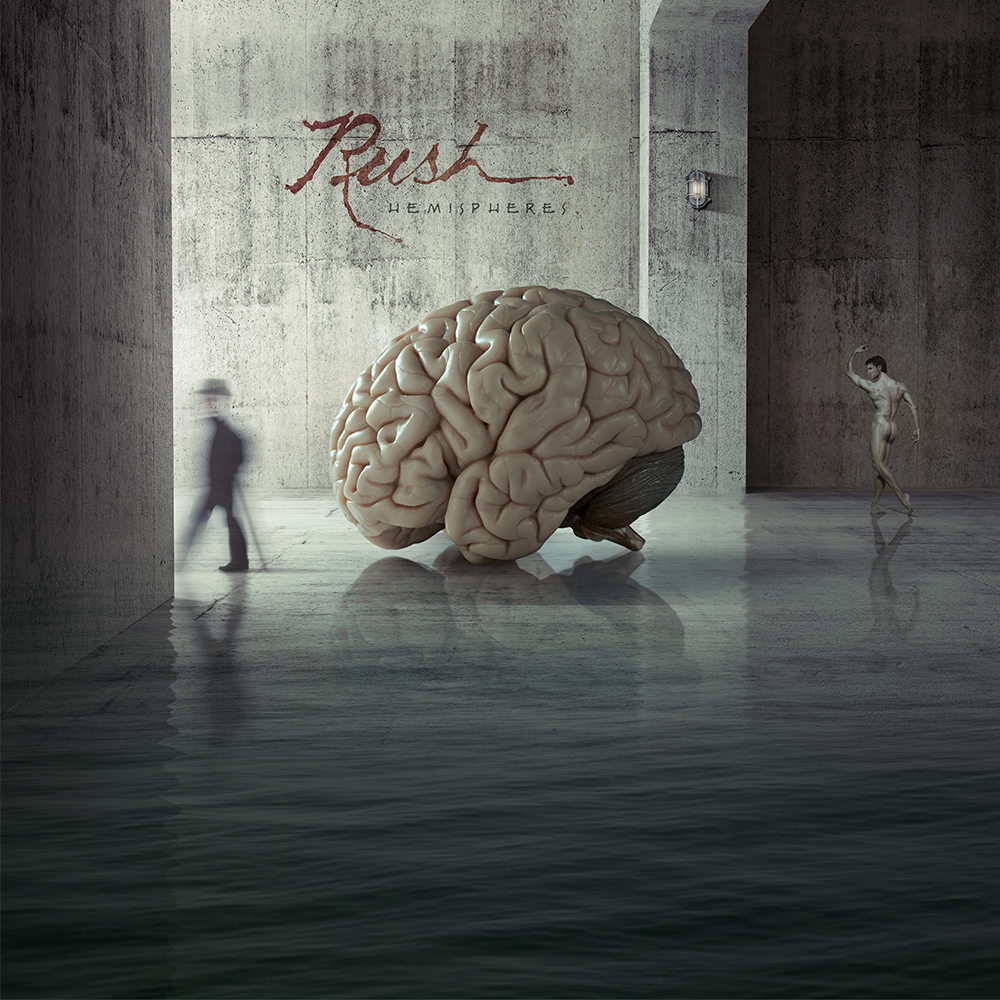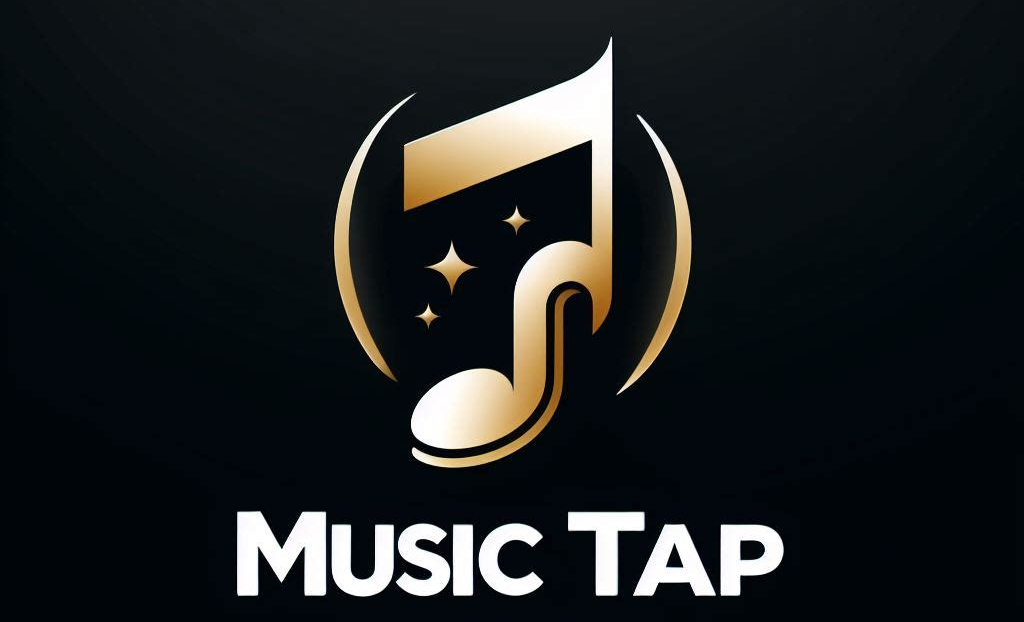Things were always going to be difficult when it came time to celebrate the anniversary of Rush’s Hemispheres.
From the top, the album doesn’t have a track that calls direct attention to itself. Even though the sixth record is the band’s most fully realized prog rock statement to that point, and pretty much their last such effort for many years, it did not have the kind of awed devotion that 2112 got. It didn’t have FM radio favorites like A Farewell To Kings‘ “Closer to the Heart” or Permanent Waves‘ “The Spirit of Radio.” It didn’t have the big breakthrough like Moving Pictures‘ “Tom Sawyer.” (I suppose you could say “The Trees” is this album’s stake on rock radio, but to be blunt, the stations near me have never played it. Then again, I listened to said stations AFTER “Tom Sawyer,” which immediate became “the only Rush song we’ll ever play forevermore!” -Sigh.- )

When it came time to honor the record, there wasn’t a lot to draw from there, either. Rush has never been a band that stockpiled songs, either for b-sides or as castoffs. Nothing that was recorded was done so with the notion it would not be on the record, so while that made economic sense, it didn’t fatten the vault up much. It’s kind of why previous 40th anniversary sets needed to draw from concert recordings and the controversial inclusion of all-star covers of the birthday albums. (This edition eschews that practice, by the way.)
Hemispheres is backed with a 2-LP live set from 1979 at the Pinkpop Festival in the Netherlands. By and large, that’s a cool addition to the 3-disc set, but it’s also not particularly rare. Rush fans circulate concert boots with as much frequency as they air-drum (they do that a lot). It’s nice to have the concert in an official capacity, however, sounding as clear as it does.

So…why should Rush fans give Hemispheres 40th their time and money? First, it’s an overlooked album, and unfairly so. By this stage, Geddy Lee, Alex Lifeson, and Neil Peart had proven themselves. They could play rings around any of the biggest stars of that era. Both the epic “Cygnus X-1 Book II” and “La Villa Strangiato” aptly demonstrate that. But up until that time, the band had been pretty stoic and serious. The latter cut, with it’s bizarrely titled sections such as “Buenos Nochas, Mein Froinds!,” “Never Turn Your Back On A Monster!,” and “A Lerxt In Wonderland,” a nod to Alex there, as well as musical digs and winks throughout started to thaw at their studious complexity. “We’re having a bit of fun here, folks,” the band seemed to say.
In hindsight, we see that the band did enjoy that goofy side more often than we realized. You only need to see one of their later concerts with washer/dryer machines and industrial chicken rotisserie ovens wedged in between amps to prove that. I think Hemispheres was the point at which they allowed that side of themselves to start poking through.
It is also, as I mentioned earlier, their last major prog piece, for while Moving Pictures was the commercial standout, that experimentation with shorter, more song-driven fare really began with Permanent Waves. With this, Hemispheres acts as a line of demarcation.
But it is a good ride, an often neglected ride, and on heavyweight vinyl adorned with new art by longtime graphics associate Hugh Syme, it looks and sounds fantastic. The concert is a bonus, but the real selling point of Hemispheres 40th is the hat tip to Rush’s second phase and the turn toward their third. Fans will certainly want to check this one out.
